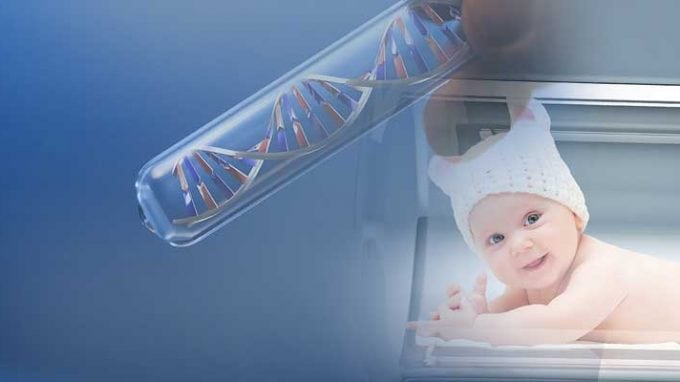The concept of creating “designer babies” has been controversial since the technological advances made in In Vitro Fertilization (IVF) during the latter half of the 20th century. Currently, In Vitro Gametogenesis (IVG) is being studied in mice and could potentially provide a way to create human eggs and sperm from stem cells. However, debate continues as to whether IVG is morally and ethically sound and medically safe and successful for humans.
Before delving into the clinical studies, costs and benefits, and controversy, we must understand what IVG is and how it came about after years of IVF advancements.
What is In Vitro Gametogenesis?
Advances in science now show that stem cells can be used to create gametes, which can be made into egg or sperm cells. This is the basis for In Vitro Gametogenesis. Gametogenesis is the formation of human gametes. Advances in IVG have been made through testing on laboratory mice, and developing IVG in humans is slowly progressing.
There are four notable potential applications for IVG. The first is to have an in vitro model for studying the formation of human gametes. This would also provide a model for understanding germline diseases. A third application is that a sufficient supply of gametes would be available for fertility treatment and research. Finally, there would be the potential to genetically manipulate the human germline.
Studies and Trials
While studies on human IVG are still in their infancy, research has previously been conducted on mice and primates, both of which are often biologically comparable to humans. In Japan, researchers found that monkeys’ embryonic stem cell lines are able to differentiate into developing germ cells. Termamura et. al concluded that this differentiation is a “suitable model” for studying how primate germ cell development functions. This conclusion is leading scientists to consider IVG as an effective technique for human fertilization.
Benefits and Costs
For various reasons, many couples are unable to biologically conceive children via sexual intercourse. Couples facing issues of infertility and same-sex couples could potentially benefit from IVG. A limitless supply of gametes would also mean being able to personalize embryonic stem cell lines in accordance with medical issues and needs. This means that more eggs would be available on the market and for a significantly lower financial cost than traditional IVF.
Genetic diseases (such as autoimmune disorders, Down syndrome, and cystic fibrosis) could be detected and eliminated from genetic inheritance before fertilization by future physicians. Having such an abundance of gametes could possibly help scientists better understand how and why genetically-inherited diseases exist and mutate.
Controversy

U.S. legislation currently prohibits public funding of embryonic research. This appears to be due to concerns for the safety of practice as well as policymakers’ worries that IVG will compromise their idea of “family” as a two-parent (one male and one female) unit. A single parent could design their own baby without the need for a partner in procreation.
Furthermore, there is concern over whether it is ethically sound to create “designer babies.” It would permanently change the gene pool and could potentially eliminate the diversity humans experience in terms of physical and mental functioning. For individuals who follow certain religions, it detracts from their creator’s will and places divine power in the hands of human beings who might be prone to abusing such power.
Conclusion
Despite strong opposition based on moral and ethical principles of “designing” babies, IVG research, though in its infancy, shows promise of developing a broader understanding of genetic diseases. Also, IVG might increase fertilization options for single individuals and couples facing fertility issues. Although current U.S. policy does not tend to acknowledge the positive potential of IVG treatment, research suggests that, at least medically, this method for treating fertilization could be both safe and cost-effective for those in need of fertility assistance.





